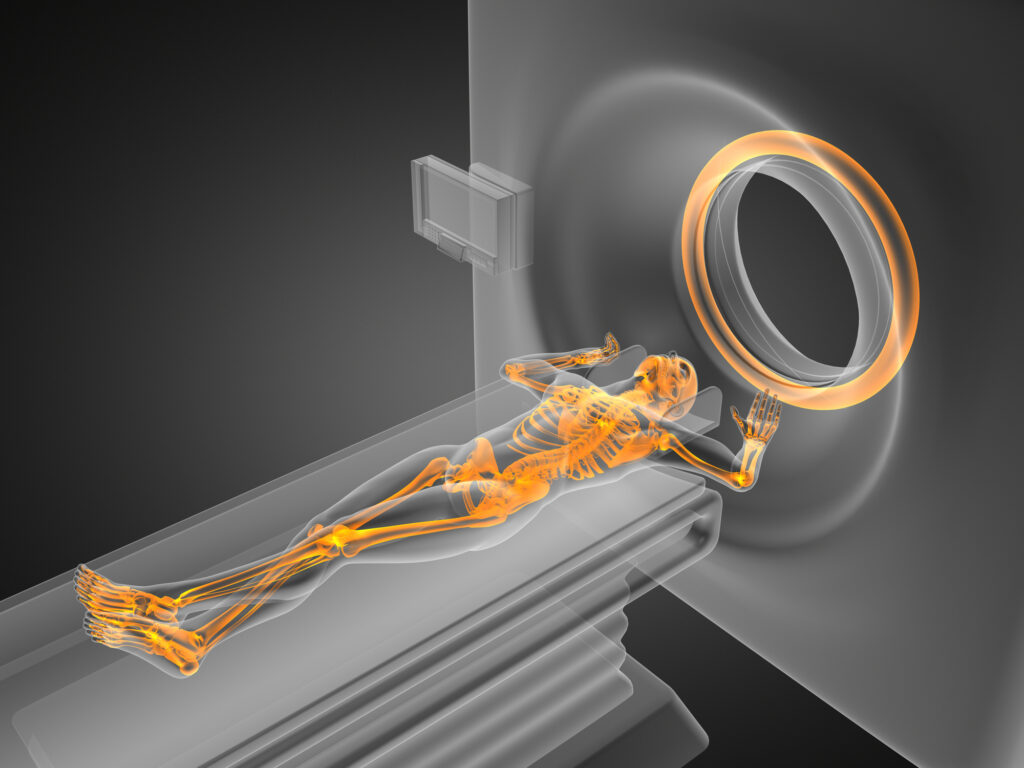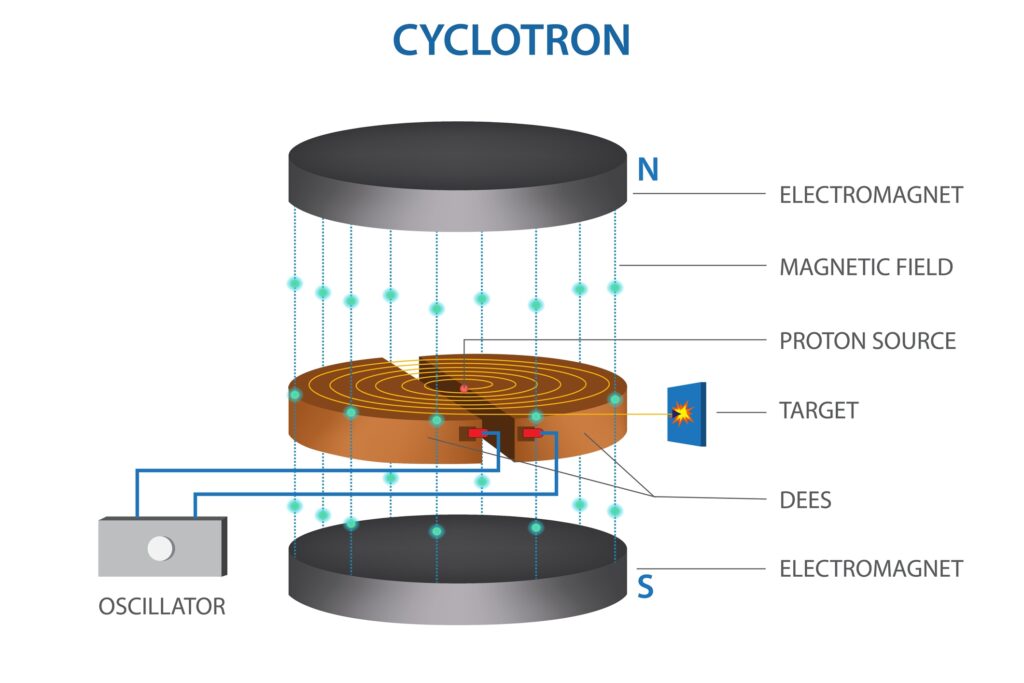Summary: Carbon-14, an isotope of carbon discovered in the mid-20th century, profoundly altered scientific understanding in disciplines ranging from archaeology and geology to climatology and biomedicine. Its ability to provide absolute dates for once-living material offered researchers a powerful clock embedded in nature. This article explores the discovery of carbon-14, its underlying principles, and its transformative applications across various scientific domains. It also examines how carbon-14 continues to influence the development of new technologies and methodologies, even as researchers strive to refine and expand its potential.
Keywords: Radiocarbon dating, isotopes, archaeology, nuclear chemistry, carbon cycle, scientific dating
The Accidental Discovery of a Scientific Timekeeper
The story of carbon-14 begins in the 1940s during a period when nuclear science was expanding at a tremendous pace, spurred by the Second World War and the subsequent arms race. In 1940, American chemists Martin Kamen and Sam Ruben, working at the University of California, Berkeley, identified a previously unknown isotope of carbon with an atomic mass of 14. This isotope, unlike the stable and abundant carbon-12 and carbon-13, was radioactive, decaying over time and emitting beta particles.
Though the initial discovery was part of broader work on radioactive tracers, the potential of carbon-14 (also known as radiocarbon) as a dating tool was not realised until a few years later. It was Willard Libby, a chemist at the University of Chicago, who proposed in 1947 that the slow decay of carbon-14 could serve as a method to determine the age of formerly living material. This proposal led to a Nobel Prize in Chemistry for Libby in 1960 and marked the beginning of a new era in science, where dating was no longer just relative but could be made absolute and precise.
The Science Behind Radiocarbon Dating
Carbon-14 is continuously produced in the upper atmosphere through the interaction of cosmic rays with nitrogen atoms. Once formed, it becomes part of carbon dioxide and is absorbed by living organisms through processes like photosynthesis and food consumption. While alive, plants and animals maintain a stable ratio of carbon-14 to carbon-12. However, when an organism dies, it stops absorbing carbon, and the carbon-14 it contains begins to decay at a known rate, with a half-life of approximately 5,730 years.
By measuring the remaining amount of carbon-14 in an ancient specimen and comparing it to current atmospheric levels, scientists can estimate the time that has passed since the specimen’s death. The method is remarkably effective up to around 50,000 years, after which the remaining carbon-14 is too minimal for accurate measurement. It is a subtle and precise technique that relies on our understanding of nuclear physics, atmospheric science, and biology all at once.
Transforming Archaeology and Human History
One of the first and most dramatic impacts of carbon-14 dating was on archaeology. Before its advent, archaeologists had to rely on relative dating techniques, such as stratigraphy or typology, which compared artefacts based on style or layer depth. These methods were imprecise and often led to considerable disagreement. Radiocarbon dating revolutionised the field by providing an independent, scientific means of determining the age of organic remains.
In the early 1950s, Libby’s team tested the method on wood from Egyptian tombs, which had known historical dates. The results were accurate to within a few hundred years, immediately validating the technique. Since then, carbon-14 has been used to date a multitude of historically significant finds: Neolithic sites in Europe, burial mounds in Asia, indigenous settlements in the Americas, and even the Dead Sea Scrolls.
One of the most famous applications of carbon-14 came in 1988, when it was used to date the Shroud of Turin, a cloth believed by some to be Jesus’s burial shroud. The results placed the cloth’s origin in the medieval period, between 1260 and 1390 CE, sparking controversy but demonstrating the method’s power to challenge entrenched beliefs with empirical data.
Extending Its Reach: Geology and Climate Science
Although originally developed for archaeological applications, carbon-14 dating quickly found relevance in geology and environmental science. In sediment cores extracted from lakes, bogs, and oceans, carbon-14 dating can be used to date organic remains, such as plant fragments and shells, helping to reconstruct past climates and ecological changes.
By dating layers of peat or volcanic ash, geologists can establish timelines for natural events, including glaciations, droughts, and even catastrophic eruptions. In ice cores from Greenland and Antarctica, radiocarbon data are used to study how carbon levels in the atmosphere have changed over millennia, offering insights into Earth’s carbon cycle and long-term climate fluctuations.
Perhaps most crucially, radiocarbon has helped scientists track the anthropogenic effects on the environment. For example, the so-called “bomb pulse” – a sharp increase in atmospheric carbon-14 due to above-ground nuclear weapons testing in the 1950s and 1960s – provides a distinct chronological marker. This spike is still detectable in tree rings, marine organisms, and even human tissues, offering a precise timestamp for environmental studies and forensic investigations.
Biomedical and Forensic Uses
Beyond the earth sciences, carbon-14 has also found applications in medicine and forensic science. Its presence in human tissues can reveal when a cell was formed, allowing researchers to study cellular turnover and disease progression. In cancer research, for instance, radiocarbon analysis can help determine how quickly tumour cells grow compared to normal cells.
In forensic investigations, carbon-14 has been used to determine the time of death in cases where traditional methods are unavailable. The bomb pulse mentioned earlier is particularly useful for dating human remains from the latter half of the 20th century. Teeth and bones can retain radiocarbon signatures that correspond to the atmospheric levels at the time they were formed.
Radiocarbon has even contributed to the study of human trafficking and migration. By analysing the carbon-14 content in hair or nails, researchers can estimate a person’s place of residence, as dietary carbon signatures vary by region. Such work blends chemistry, anthropology, and criminal justice in a way that was previously unthinkable, thanks to the discovery of the isotope.
Limitations and Challenges
Although carbon-14 dating is a powerful tool, it is not without its limitations. Firstly, it only works on organic material. Stones, metals, and ceramics cannot be dated directly, although associated organic residues can sometimes be used as proxies. Secondly, the technique assumes that the atmospheric concentration of carbon-14 has remained stable over time. While this is roughly true, fluctuations have occurred due to solar activity, geomagnetic changes, and human interference.
To address these issues, scientists use calibration curves based on tree rings, corals, and other data sources to adjust radiocarbon dates. This process, known as radiocarbon calibration, ensures greater accuracy but adds complexity to the interpretation of the results.
Contamination is another issue. Modern carbon introduced into ancient samples—through handling, conservation treatments, or environmental exposure—can lead to erroneously young dates. Laboratories now utilise advanced techniques, such as accelerator mass spectrometry (AMS), to reduce sample size and enhance sensitivity; however, careful sampling and preparation remain crucial.
Carbon-14 in the Modern Era and Beyond
The relevance of carbon-14 has not diminished in the modern scientific landscape. On the contrary, the refinement of AMS and the availability of more sophisticated calibration models have expanded its use into new areas. Today’s researchers use radiocarbon not only to answer questions about the past but also to forecast the future.
In environmental science, carbon-14 is used to differentiate between fossil fuel-derived carbon dioxide (which contains no radiocarbon due to its age) and modern biogenic CO₂. This helps researchers understand the sources of greenhouse gases and assess the effectiveness of carbon mitigation strategies.
In oceanography, radiocarbon tracers are used to study water mass movements and carbon sequestration in the deep sea. In soil science, it aids in understanding how long carbon remains locked in different types of organic matter, a key issue in climate modelling. These examples demonstrate that, far from being a historical curiosity, carbon-14 continues to illuminate the frontiers of scientific knowledge.
A Legacy of Scientific Innovation
The discovery of carbon-14 and its integration into scientific practice represent a landmark achievement in interdisciplinary research. Its impact spans the humanities and the sciences, connecting nuclear physics with human history, environmental studies, and even health sciences. Few scientific tools have had such far-reaching implications across so many fields.
What makes carbon-14 especially compelling is its ability to bring abstract concepts—like radioactive decay and cosmic rays—into direct contact with the everyday world. A charred seed, a scrap of linen, a fossilised bone: each becomes a data point in the vast chronology of life on Earth. In this way, carbon-14 not only enhances scientific understanding but also enriches the human story.
As methods continue to improve and new applications emerge, the role of carbon-14 in science is far from complete. Whether it is used to verify ancient texts, track carbon emissions, or solve modern crimes, this humble isotope remains one of the most extraordinary tools ever developed in the pursuit of knowledge.
Disclaimer
The content of this article is intended for informational and educational purposes only. Open MedScience makes every effort to ensure the accuracy and reliability of the information presented at the time of publication. However, scientific understanding is constantly evolving, and interpretations or applications of carbon-14 dating may be subject to revision as new research emerges.
The article does not constitute professional advice in archaeology, environmental science, biomedicine, or any related field. Readers are encouraged to consult relevant experts or primary scientific sources before drawing conclusions or making decisions based on the material discussed.
Mention of specific studies, technologies, or historical interpretations does not imply endorsement by Open MedScience. Any reference to historical, religious, or cultural artefacts, such as the Shroud of Turin, is presented solely in a scientific context and does not reflect the editorial stance of the publication on matters of belief or controversy.
Open MedScience accepts no responsibility for any loss, injury, or inconvenience sustained by readers who rely on information contained in this article.
You are here: home » diagnostic medical imaging blog »



